
Global effort to meet Paris Agreement highlighted at World Smart Energy
One crucial step to achieving the global climate goal is to increase clean energy at least four-fold, IEA said during the event.
The role of renewable energy in reaching carbon neutrality by 2050 was emphasised during the World Smart Energy Week held at Tokyo Big Sight, Koto, Japan, from 15 to 17 March. One of the keynote speakers, Brent Wanner, the head of the Power Sector Unit at the International Energy Agency (IEA), called for manufacturers to ramp up the production capacity of clean technology supply chains and for governments to strengthen their green policies.
Energy industry stakeholders—including 1,500 exhibitors from the fields of hydrogen and fuel cells, PV systems, rechargeable battery, smart grid, wind energy, biomass power, thermal power, decarbonisation solutions, and circular economy systems—gathered to discuss the latest trends and advancements in the clean energy sector.
Wanner stated that despite the forecasted decline in coal-fired generation by 2025 and the tripled production growth of solar and wind power, the industry is still far from achieving net-zero emissions, a key part of the Paris Agreement. He mentioned that PV capacity needs to grow four times by 2030, sales of electric vehicles by 10 times, and electrolyzer installation by 200 times to achieve net-zero emissions by 2050.
“Only solar PV has about 20% of the manufacturing capacity that would be required in 2030 in the net-zero emissions by 2050 scenario. In the case of electric vehicle batteries, manufacturers have been anticipating 15 times higher demand at around 5,600 gigawatt-hours per year—telling us all of these plans, we come up with a production capacity of only 4,700 gigawatt-hours, 15% of the amount needed,” Wanner said.
He then urged policymakers to strengthen clean technology supply chains and remove barriers to the uptake of new technologies so that demand can meet supply.
First 'real' global crisis
According to Wanner, Russia’s invasion of Ukraine is the first truly global energy crisis.
“The crisis is causing severe damage to the global economy, and the lowest income citizens of the world are facing significant challenges with rising energy and food prices,” he said.
One way to measure the impact of the invasion is through inflation, a benchmark against the 6% rate.
“For the first time in decades, the number of people around the world without access to electricity is set to rise. Due to the pandemic and the current energy crisis, 75 million people that recently gained access to electricity are likely to lose the ability to pay for it,” Wanner said.
The IEA said that whether the current crisis will be a hindrance to moving towards a more sustainable and resilient energy system primarily depends on the governments, and the crucial test for them is whether their policies will bring additional capacity capital into clean energy.
As of today, IEA sees the crisis as a pivotal moment in energy history.
“Prior to Russia’s invasion of Ukraine, it was the world’s largest fossil fuel exporter. Putting oil and gas together, Russia exported about 50% more than the next biggest exporter, Saudi Arabia. At that time, our expectation was that Russia would easily maintain this position, but this has now changed,” Wanner said.
Once the European Union ban on imports kicks in, which has just occurred in February 2023, and gas see an even steeper drop, Russia’s exports are set to be half of today’s level by 2030.
“The reduction in oil and gas sales we see here equates to more than $1t of lost income over the next decade. The next few decades, we will be drawing down a system based on fossil fuels and building one up based on clean energy,” Wanner said.
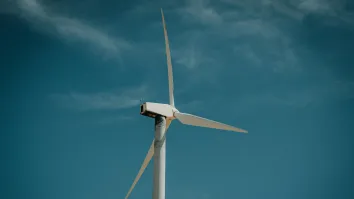
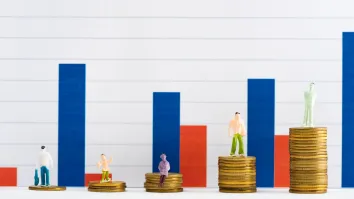
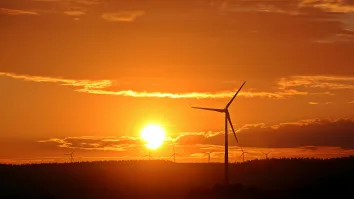
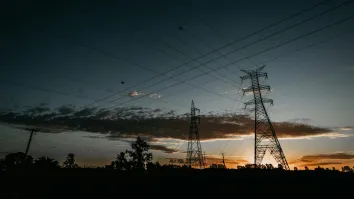







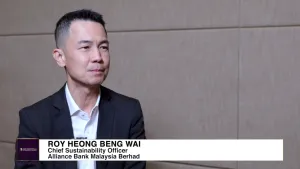



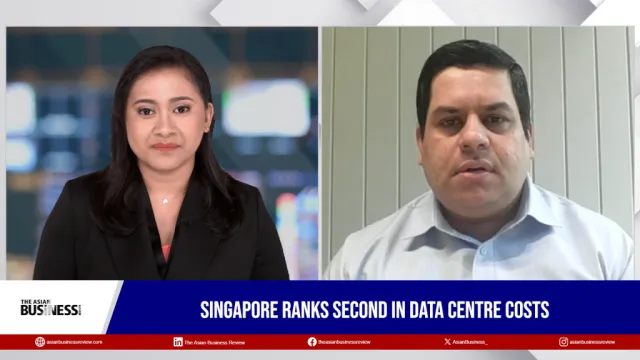

 Advertise
Advertise








